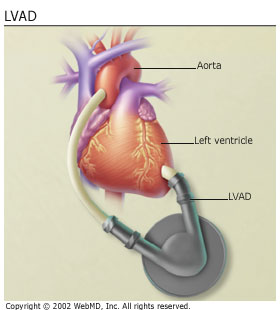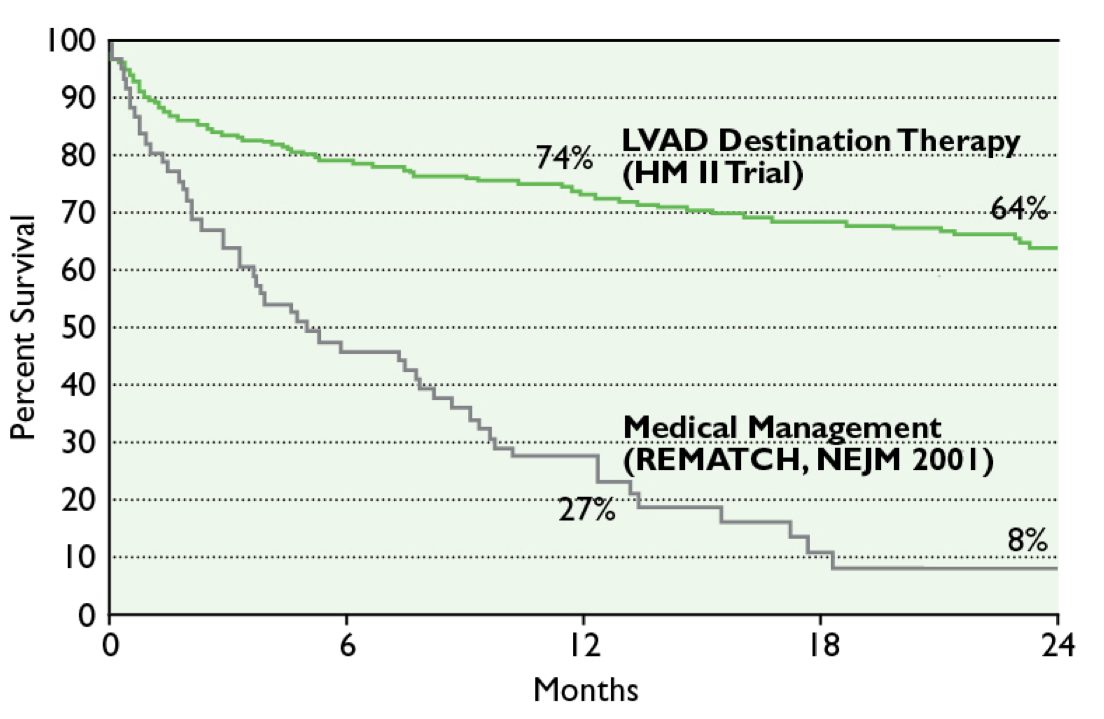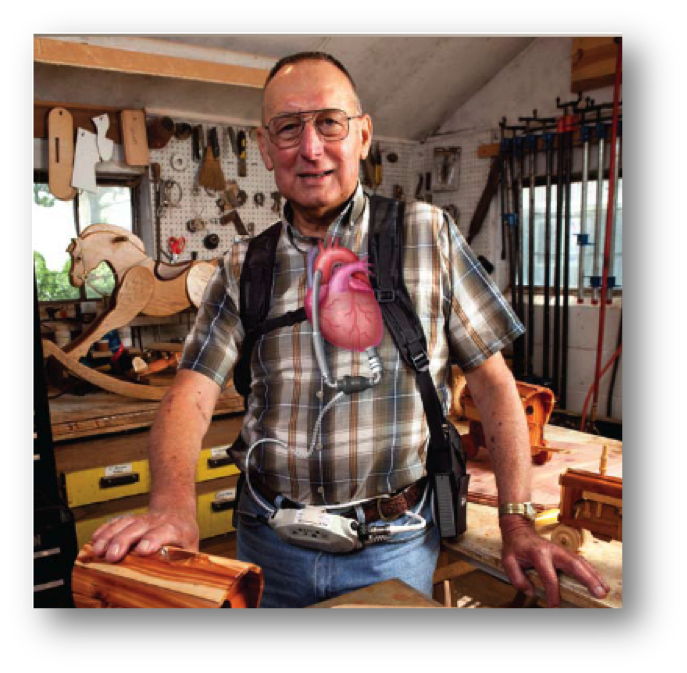Former Vice President Dick Cheney was released from the hospital on April 3rd, 2012, 10 days after getting a heart transplant. Cheney waited nearly two years for the transplant. During his life he sustained five heart attacks, the first at age 37 and the most recent one in 2010.
What is remarkable about this is not his age (71), but rather evidence of how much progress has been made in the management of advanced heart failure (Class IIIB or IV), which now includes mechanical support (L Ventricular Assist Device or LVAD). Patients who are candidates for LVAD therapy have significantly better outcomes if this procedure is followed with a heart transplant than medical therapy and mechanical support alone.

Background
The mortality risk associated with NYHA Class IV heart failure is very high and comparable to lung cancer, with a 1-year mortality between 60 and 94 percent. Of the five million+ US patients diagnosed every year with heart failure, almost 400,000 have class III-IV heart failure, of whom almost 100,000 would candidates for mechanical support:
| Diagnosed CHF population | |
|---|---|
| All ages | 5520,000 |
| Ages 35-74 | 3744,000 |
| NYHA Class IIIB and IV in 35-74 age | 374,400 |
| Excluded because of Comorbidities | -280,800 |
| Target VAD patient population (35-74 years) | 93,600 |
- Heart and Stroke Statistics, American Heart Association
- Cardiovascular Round Table research and analysis, The Advisory Board company (2009)
With an survival rate of 96% and long term survival (longest 6+ years), LVAD heart failure support has come of age with survivors experiencing a sustained improvement in quality of life. Outcome data also show that patients do much better in comparison with medical therapy:


